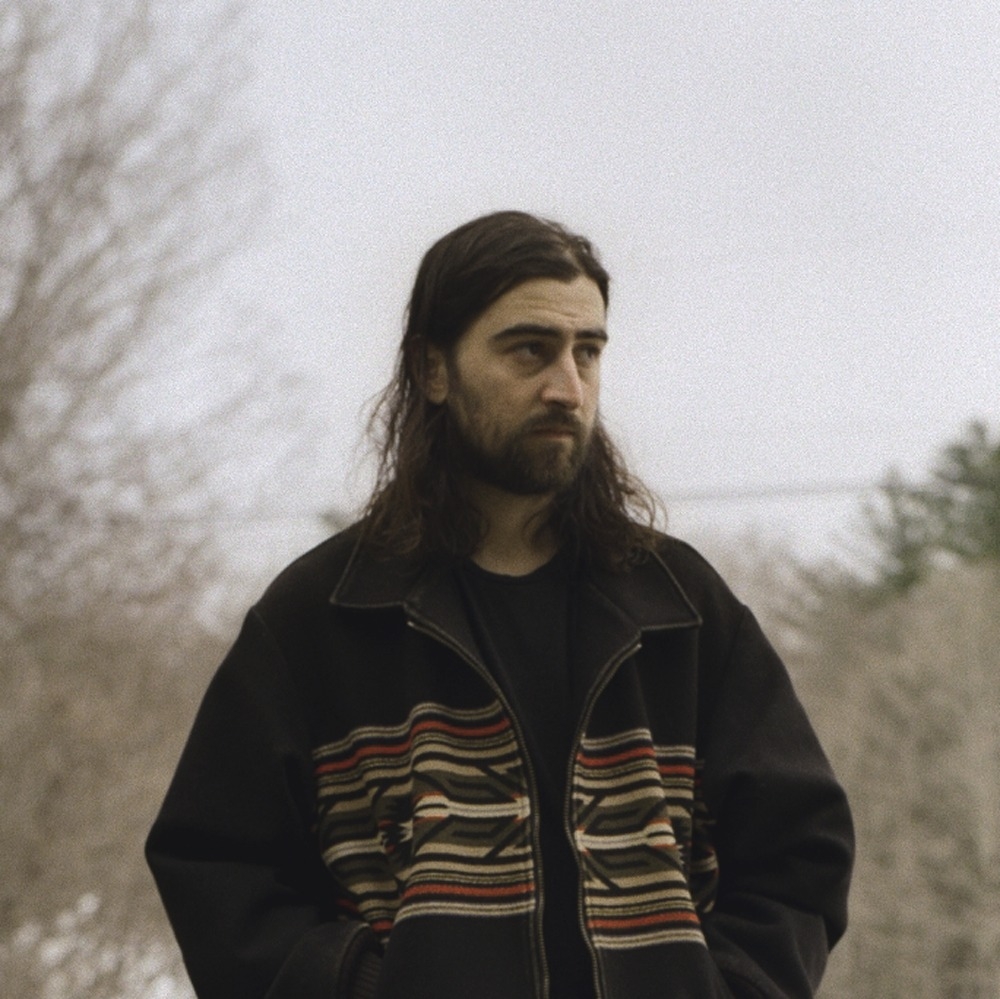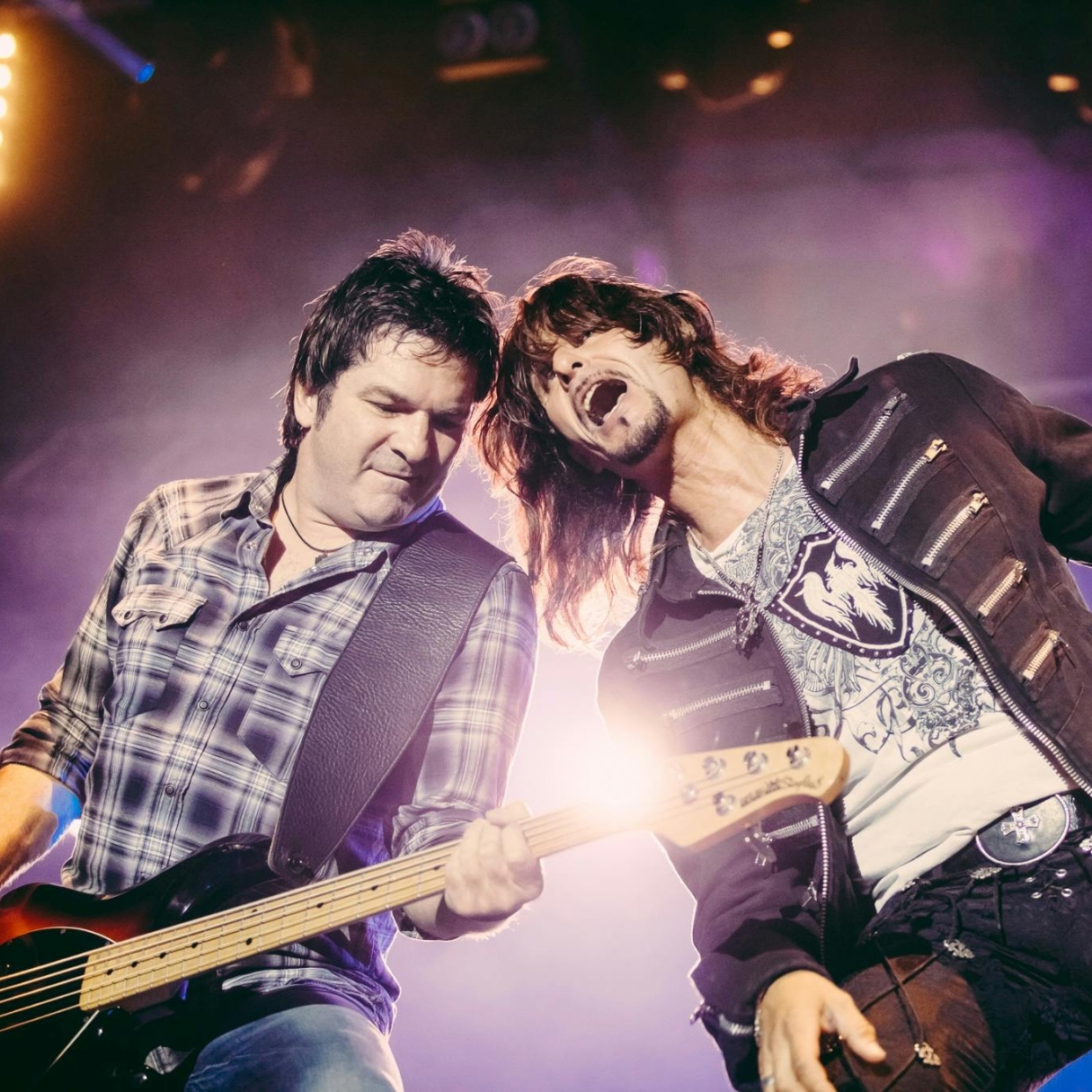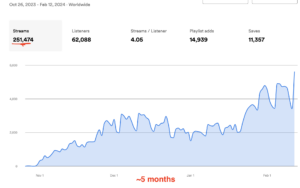I read a lot of detective stories when I was a kid. I’m talking about the Hardy Boys, Encyclopedia Brown, Sherlock Holmes, and pretty much anything that had a red herring or two and could keep me turning pages to get to the resolution.
I also solved four of the New York Times crossword puzzles last week, so I’m no slouch when it comes to putting a few pieces together.
This week, I’m putting that particular set of skills to use answering two simple questions.
First, how did Noah Kahan become famous? Second, how is it that regardless of when you read this, his album “Stick Season,” will still be on the Billboard 200? (Ok, I’m going out on a limb, but it was released in August of 2022 and it’s not slowing down, so I’ve stood on shakier limbs and survived so far. Also, upon reflection I will only be tackling question #1)
The short answer is he’s incredibly talented. He worked hard and benefited from the requisite strokes of good luck to become uber-famous. This recipe isn’t nearly as secretive as the original recipe for Coke.
You’re welcome.
That sentence stands up if you were just wondering how Noah Kahan became famous. No two paths to the top are alike, but they usually take some combination of those three things.
However, that doesn’t mean there aren’t aspects that can be appreciated and adapted in your own form to further your own music aspirations. So don’t try to be Noah Kahan, but steal like an artist and see if there are some tools he uses you like.
Regardless of how talented you are, how hard you plan to work, or how lucky you’ll be this year, we’ll provide a few aspects of Kahan’s compelling journey worth emulating.
Here are a few things any artist can be inspired by in our individual pursuits of various levels of popularity.
Hitting the Cyclical Nature of Genres
The first thing that stands out about Noah Kahan’s journey is he’s not your typical pop star.
His sound is reminiscent of the Lumineers, Mumford and Sounds, and Shakey Graves. Some call it pop-folk, some profiles refer to it as “stomp clap hey” music, but sonically it’s slightly different than what we’re used to hearing on the radio.
Music trends tend to have a cyclical nature, similar to the seasons in the year. Specific genres will rise and fall in the collective consciousness as a myriad of factors influence our collective tastes.
We tire of the current sound and something that feels novel yet familiar is primed to explode. Kahan’s music was perfect for the moment. His rise came right on the heels of Zach Bryan’s ,whose country-folk stylings were hitting the sweet spot of commercial success and emotional, devastating lyricism. Kahan brought a slightly more pop-influenced sound, featuring banjos, mandolin, and inspired lyrics.
I’ll preface this by saying this is not financial advice (I know some of you out there are overly litigious), but just like you probably shouldn’t try to time the stock market, the takeaway here isn’t to try and time musical tastes.
What I find inspiring in this part of his journey is Noah Kahan stayed true to the music he liked making. It was a more challenging path to success, but he’s playing at iconic venues like Red Rocks, landing gigs like SNL, and collaborating on clothing designs for dogs, so it’s safe to say he made it.
He’s talented and versatile enough to explore genres and range into different artistic areas, but our time called for cathartically screaming at the top of our lungs while five people furiously play banjos and guitars, and man, did Kahan deliver.
Unleashing the Power of Social Media
Noah Kahan would likely be the first to mention that social media might be a net negative regarding personal well-being, but it’s been a vital part of his rise.
When he was first writing the song “Stick Season,” he wondered if this niche term was too niche. But the song meant something to him, and he shared it on TikTok, and the response encouraged him to keep going.
Then he had a viral hit on his hands.
This is one of the most powerful use cases of social media.
Experiment. If you’re not sure about something, throw it out there. The audience response can either give you the energy and motivation to finish the piece or encourage you to put it away for a while. There is also something valuable in sharing incomplete work. Especially for the perfectionists in the group, it can be hard to let go.
Sometimes, we’re too close and personally invested in a song we can’t envision how other people will perceive it.
If you’re too stuck in your head, sharing a piece of it can be all you need to see if the song will live a life of its own outside of you.
Social media also allows you to build a community of true fans who can feel like they’re part of the journey. That they get to see you from the beginning. They can see how you evolve and grow as well as how your songs do, too. They get to love the imperfect acoustic version with incomplete lyrics and the polished version with production at the end.
By sharing this work in public, Noah Kahan was able to build communities on platforms like TikTok and Instagram that not only encouraged him to finish the work, but also helped propel him to stardom.
Another thing that I love that Noah does on social media is react to covers.
Olivia Rodrigo crushed her cover of “Stick Season“. Watching Noah Kahan’s reaction video, you can see his pride at seeing his song take on a new life in Olivia’s version. This is not only a powerful lesson on how we should release our art into the world and watch it fly, but also a genuine authentic response. When he said he would give Rodrigo his entire discography, that warm gesture most likely earned him some fans that only heard about him because they love Rodrigo.
You don’t need to be everything to everyone on social media. You don’t need to have a perfectly curated persona. You can share incomplete work and real-time honest reactions.
Use the platforms that work for you. For Noah, it’s YouTube, Instagram, and TikTok. Maybe you only focus on one of those.
Whichever ones you use, I think Noah’s straightforward strategy of sharing what you’re working on and engaging with the response is a simple and elegant way to tap into the power of the algorithm.
Distinctive Lyrics with Universal Appeal
Another thing Noah Kahan does to masterful effect is use precise personal lyrics laced with universal emotion.
I count myself among the 99% of listeners who had to look up what exactly the term stick season meant after listening to the song. Far from turning people off, the use of an unfamiliar term, coupled with the emotional center of the song invokes a curiosity to find out what it means. Upon learning its meaning, you realize it not only perfectly fits the context of the song, you know exactly what that season feels like.
As another example, on “Homesick,” Kahan screams, “I’m mean, because I grew up in New England.”
New Englanders have their own particular brand of meanness, but this line took me back to my Pennsylvanian roots outside of Philadelphia and our own flavor of northeastern brusqueness. A wonderful place where sarcasm is experienced since birth and where getting roasted is the cost of stupidity and the utmost sign of respect in a friend group.
The lines are specific to him, but I can project my own experience onto them and adopt them to my own. I may not know exactly what memories he draws on to write the line, but like an experienced rock climber leaving a fixed anchor, Kahan has left emotional hooks to grab onto and bring your own memories to the song as you sing along.
Now, naming small dirt roads in your hometown might not lead to the same level of commercial success as it did for him, but what you can do is write in a personal way with a universal emotion.
You can’t predict how many people will take the journey or make the climb with you, but you can give them something to grab onto if they do.
Collaboration Nation: Two Voices are Better than One
We often look at art as an intensely personal and isolated venture.
Like any outside influence could possibly contaminate a pure vision.
However, collaborations are worthwhile efforts from creative and commercial perspectives. A quick glance at the charts will show the viability of this strategy, but Noah Kahan has put out a masterclass on how to use collaborations.
First, his collaborations have made sense artistically. Each one that he’s done has added something to his already great songs and made them a distinct, worthwhile experience. The art was served through the collaboration.
Secondly, his steady release of collaborations has breathed new life into his album and excited his fanbase while creating new opportunities to reach fans of major artists like Post Malone and Hozier.
He put a lot of time and emotion into making the “Stick Season” album, and his strategy of collaborations is helping that album find people years after its release. His most recent collab was with Sam Fender on “Homesick,” and it once again breathed a little more life into the album.
From a brand-building and reach perspective, collaborations are a smart play that artists of any size can benefit from. If you have songs you really believe in, they can be a great way to give them another chance.
When you think of streaming services like Spotify that were built on the power of their recommendation engines, to tell users if you like X artist you might like Y, you’re connecting dots for them and unlocking audiences.
Setting a Sense of Mood and Place
I find two aspects of Noah’s writing poignant: his ability to rip your heart into tiny pieces and transport you to the cold, rugged New England terrain, where it freezes and thaws just in time for the next song .
When Noah sings, “I’m not proud of all the punches that I’ve thrown,” I can only assume he’s mostly referencing the emotional bludgeoning he unleashes over the course of 1 hour and 23 minutes on Stick Season (We’ll All Be Here Forever). If you’re not proud of the punches, why did you throw more than a matchup of Pacquiao vs. Mayweather?
In songs like “Stick Season”, the punches come in quick succession, a torrent you can barely keep up with, as each line knocks the breath from your lungs. He sings so fast you don’t even realize what he said so the effect is delayed as your brain tries to catch up to the wreckage. Somehow he fits a 400 word novel into a three minute song.
That song broke my heart into twenty thousand pieces. (Apologies to Shea Serrano for stealing this bit.)
In songs like “Your Needs, My Needs”, he only needs a spartan two hundred words to achieve the same effect. When he builds to “subtle change, shorter days, Dead-eyed, dead weight, your life your dreams, your mind your needs, My needs, Your needs, my needs” you’re staggering wondering which zookeeper needs to be unceremoniously fired because there’s an elephant on your chest and someone needs to be held accountable.
That song broke my heart into forty-four thousand pieces. (Again, really sorry about this, Shea.)
In “Growing Sideways” Noah disarms you with his second line “On some sad-eyed middle aged man’s overpriced new leather couch”.
At first you think, that’s a slightly verbose, interesting description and then he sucker punches you just a few lines later with “I’m still angry at my parents, for what their parents did to them, but it’s a start” and you feel like you’ve gone through seven years of therapy.
Then he closes the chorus with lines like “I’m terrified that I might never have met me”, and “Oh, if my engine works perfect on empty I guess I’ll drive” and you existentially wonder if you’ll ever actualize any of your infinite potential while also forgiving your mortal coil for slowly decomposing and betraying you at every second trying desperately to undermine you from ever reaching that potential.
Take a quick breath. There’s more.
He starts the second verse with “So, I forgot my medication, fell into a manic high. Spent my savings at a Lulu, now I’m sufferin’ in style” and you tell everyone they can relax because there’s no way generative AI will surpass that in at least the next five months.
And just when you’ve forgotten your existential dread and are celebrating the human triumph over machines he levels you with “Oh, if all my time is wasted, I don’t mind I’ll watch it go. Yeah it’s better to die numb than to feel at all”.
I looked at the YouTube comments on this video where every single person quoted a different line, and I assure you, our hearts broke into 12 billion and 47 tortured pieces. (Not an affiliate link, but Shea’s chapter on which Michael B Jordan performance broke your heart into the most pieces in Movies and Other Things is all I could think of when writing this chapter. That chapter is worth the price of purchase alone. Ps. get the version with the otter poster.)
The man does this for 21 straight songs.
Dave Eggers was so impressed he is considering unpublishing one of his best-selling books so it can be labeled the true heartbreaking work of staggering genius.
The second thing Kahan does is create a distinct sense of place.
When I think of New England, my mind is filled with images of a sleeveless Bill Belichick and the sweaters from Knives Out. The costuming in that movie was phenomenal.
I also think of Manchester by the Sea and this incredible quote Kenneth Lonergan gave to Deadline on his apparent gift for melancholy, “I don’t know if I have a gift for conveying it, but I seem to have a gift for experiencing it. Life is very sad sometimes and I don’t know what to do with it. So I write about it.”
You don’t need to name drop every road in your town, but there’s something true about writing what you know and experience. The way Kahan does it, it takes us someplace and lets us experience the sad things in life that we don’t always know what to do with.
It’s not the only way to write songs, but it’s a pretty good one.
Final Thoughts
Noah Kahan got famous and I’m here for it. Will it happen for you? I hope so.
The first step is to work on your craft.
Write until your hands bleed and hope your heart follows suit. Give generously the pieces of yourself that other people can latch onto. Share the pieces of yourself that give voice to the things we don’t know how to say yet.
Experiment in public.
Make the music you want to make instead of chasing what’s popular. Popularity comes and goes. What you want to make might bring your genre back into the limelight.Make it sad. Rip a heart or two into a million pieces in a way that says, I see you and you’re beautiful.
Collaborate with someone you admire.
Someone who sees something you might not see in yourself. Someone who can unlock a universality in your song you didn’t know was hiding in there. Get specific.
Take us on a trip somewhere.
You don’t need to play Red Rocks or SNL to have a great, artistic year.
I’m rooting for you.









